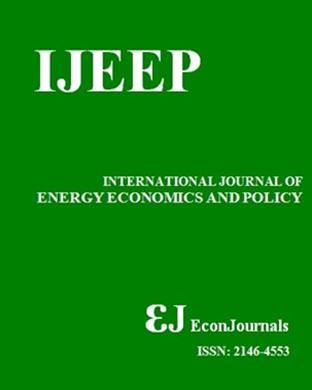Does Climate Finance Matter? The Relationship between Climate Finance and Carbon Dioxide Emissions in Developing Countries
DOI:
https://doi.org/10.32479/ijeep.19799Keywords:
Climate Finance, Carbon Dioxide Emission, Developing CountriesAbstract
This study examines the relationship between climate finance and carbon dioxide (CO₂) emissions in developing countries from 2015 to 2021. Using a sample of 74 countries, this study applies the two-step Generalized Method of Moments (GMM) estimation to examine the impact of climate finance on carbon dioxide emissions. The results indicate that climate finance for mitigation purposes is positively associated with CO₂ emissions. However, a higher income level is linked to lower emissions, likely due to stricter environmental policies and increased investment in renewable energy. Additionally, population growth contributes to higher emissions, while larger forest areas help reduce CO₂ levels by acting as carbon sinks. These findings highlight the importance of directing climate finance toward truly sustainable projects and ensuring effective policy implementation. The study underscores the need for well-targeted financial strategies that prioritize clean energy, energy efficiency, and low-carbon technologies. It also recommends further research on policy frameworks and institutional capacities to optimize the effectiveness of climate finance in reducing emissions.Downloads
Downloads
Published
2025-06-25
How to Cite
Ming, K. L. Y., Abdullah, N. H. N., Mustafa, A. M. A. A., Roslan, S. N. M., & Asbi, A. (2025). Does Climate Finance Matter? The Relationship between Climate Finance and Carbon Dioxide Emissions in Developing Countries. International Journal of Energy Economics and Policy, 15(4), 683–691. https://doi.org/10.32479/ijeep.19799
Issue
Section
Articles




